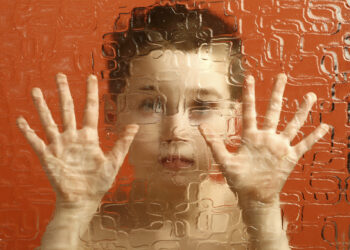Scarlet Fever
The following article discusses Scarlet fever, a common bacterial infection in children.
Scarlet fever is a bacterial infection that causes a sore throat, a typical rash which disappears on pressing (sometimes called “sandpaper skin” because of its feel) and a characteristic looking tongue which is bright red with small bumps on it and which is often called a “strawberry tongue”. It usually affects children between 5 and 15 years of age.

The bacteria that causes scarlet fever is known as a Streptococcus and is easily treated with a 10 day course of antibiotics. A very rare complication of scarlet fever known as acute rheumatic fever is rarely seen now because of the success of antibiotic treatment.
Scarlet fever is contagious and your child should not therefore attend school or nursery if they are affected. The incubation period is 3 – 8 days.
After starting treatment the symtoms usually resolve between 2 – 5 days but it is important to complete the full course of treatment given.
It is important to ensure that you child is treated promptly and that measures are taken to minimise spread of the infection to other children.
Paracetamol or ibuprofen may be used to help control the temperature of the child once the diagnosis has been confirmed by a health care professional.
If you mainly use a mobile device such as an iPhone or android phone you might prefer to access our resources through the Children’s e-Hospital App which is available at the iTunes store & on Google play or by clicking on the following link: The Children’s e-Hospital App
How is it caught?
Scarlet fever can be caught by breathing in droplets of infected fluid which may have been coughed or sneezed out or it may be caught by direct contact with a person with infected skin.
Treatment
Treatment is with antibiotics. Penicillin is usually used but if the child is allergic to penicillin, azithromycin may be used instead. Other medications commonly used include amoxicillin and Co-amoxiclav. These are both penicillin based and should be avoided if you are penicillin allergic.
Preventing spread
Good hygiene is important in preventing spread, eg hand washing. An infected child should be kept away from school until at least 24 hours after starting antibiotics.



